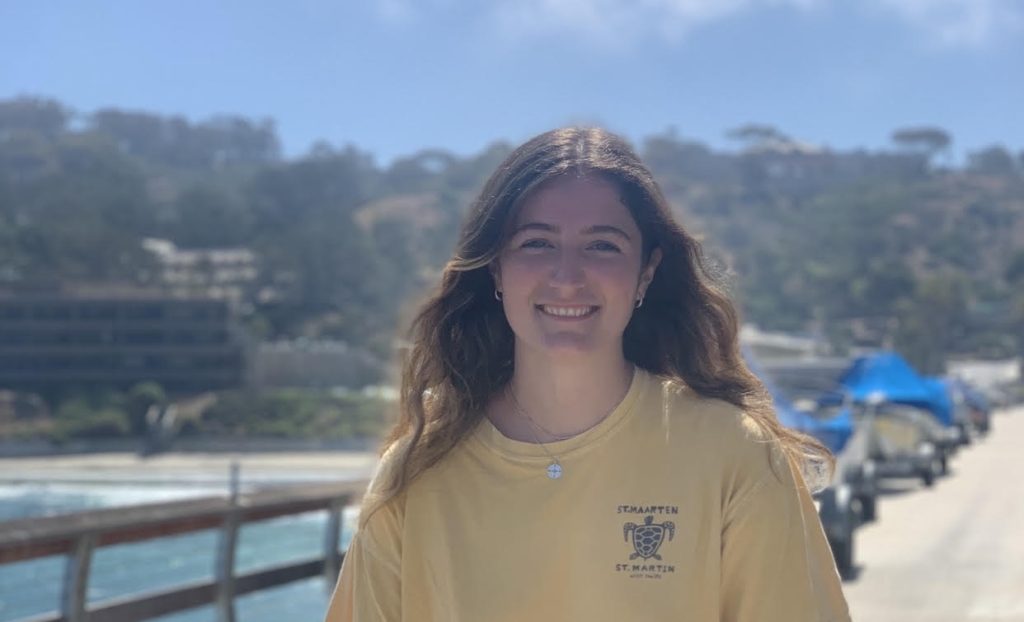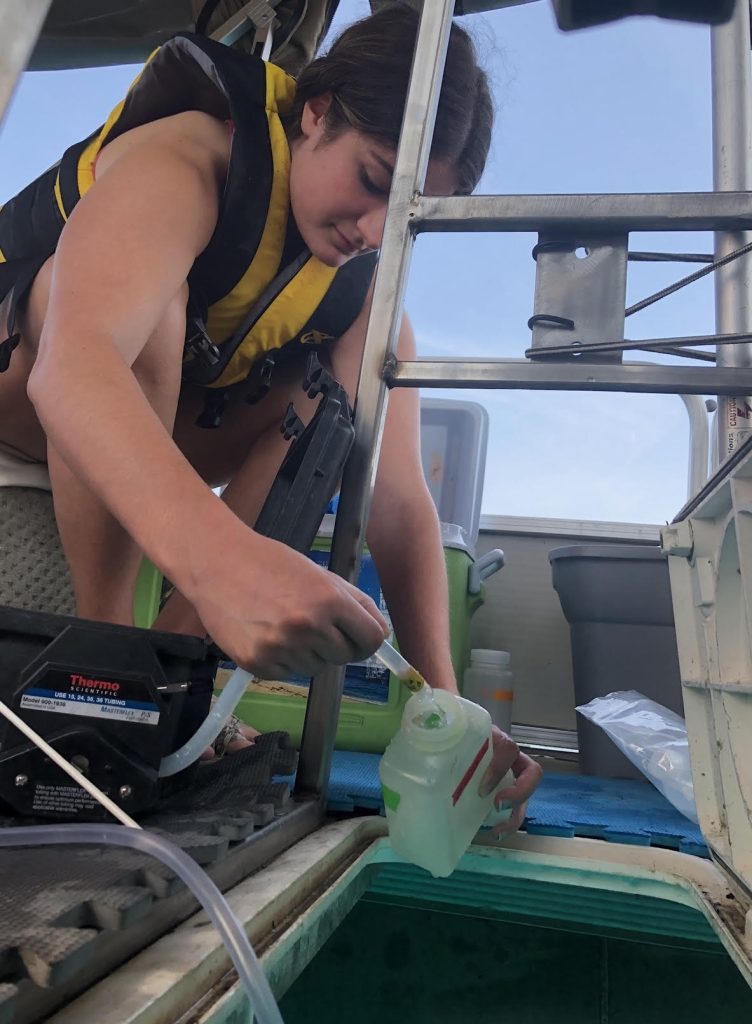Written by: Julia Niehoff, CAICE 2022 SURP Fellow
“I wanted a perfect ending. Now I’ve learned, the hard way, that some poems don’t rhyme, and some stories don’t have a clear beginning, middle, and end. Life is about not knowing, having to change, taking the moment and making the best of it, without knowing what’s going to happen next. Delicious Ambiguity.”
Gilda Radner
Now, replace the word “life” with “research”. To some, they’re one and the same. Research is not linear and imperfect. The most poignant piece of advice I was given regarding adjusting to how the realities of research was not to keep an organized Zotero or that the purple gloves were better than the blue ones. Nor was it in any publication I would read.
Rather, you are doing something that no one else has done before. Of course it will be difficult, because we don’t know the answer to it. If it was easy, the research wouldn’t even be needed because we would already know the answer. I can’t recall who said that or when, but anyone can assume it was probably during an instrumentation malfunction.
The pursuit of knowledge is the “delicious ambiguity” that is the metaphorical food to research. It is not easy. It is hard. However, like life in a broader sense, it is not about knowing, it’s about finding, figuring out, making mistakes, and overcoming obstacles. Hopefully for some, and especially those at CAICE, it’s about leaving the world better than you found it.

Julia is a rising senior at the State of New York College of Environmental Science and Forestry in Syracuse, New York. She is working dually with projects in the Slade lab, shadowing Samantha Kruse, and Prather lab, with Julie Dinasquet and Lucia B. Cancelada as a part of the “Bio Team” at CAICE.
Chemistry is the physical poetry of interactions. With just a grasp of the fundamentals, it is emotional to finally make the connection as to why a paper towel can have water travel up it or why a giant synthetic wave pool can assist in the remediation of climate change. It links the observations to answers on why we breathe, why algae matters, why the air smells “salty”, and why our skin wrinkles when in water for too long.
To study chemistry is to see the entire universe from another perspective. To “see” all the things you cannot physically see. It is profound beyond belief.
Some people don’t understand, which is okay. When people do, they understand what this journey meant for me to join CAICE at Scripps Institution of Oceanography.
SIO, although some may counter-argue, is the Mecca of climate change research. When I stepped into this seemingly other world, I felt as though I was facing my own religious pilgrimage of sorts. I was face-to-face with the postcards I keep on my wall of far away places and the researchers whose papers I read and annotate.
There are people here that seem to be modern day superheroes. To be here, to turn the corner and run into scientists I have read about or have learned about in classes. These are individuals dedicated to their craft of discovery, resulting in influential progress made for the scientific community.
This benefits the lives of those affected by climate change: everyone on Earth.
I am so grateful for this opportunity to learn alongside such a unique community at the most prestigious oceanography school in the world, both in and out of the lab, about science and about myself.

Julia is interested in the anthropogenically induced biogeochemical changes in polar marine environments.
Before I “went out west”, as my east-coast friends in Syracuse like to call it, I picked up Slouching Towards Bethlehem, a collection of essays from Joan Didion’s early career. Didion, a Sacramento born-and-raised journalist, explained her transition to New York City as such:
“It is easy to see the beginning of things, and harder to see the ends. I can remember now, with a clarity that makes the nerves in the back of my neck constrict, when New York began for me, but I cannot lay a finger upon the moment it ended, can never cut through the ambiguities and second starts and broken resolves to the exact place on the page where the heroine is no longer as optimistic as she once was. […] the warm air smelled of mildew and some instinct, programmed by all the movies I had ever seen and all the songs I had ever heard sung and all the stories I had ever read about New York, informed me that it would never be the same again. In fact it never was. Sometime later there was a song on all the juke boxes on the upper East Side that went ‘but where is the schoolgirl who used to be me,’ and if it was late enough at night I used to wonder that. I know now that almost everyone wonders something like that, sooner or later and no matter what he or she is doing, but one of the mixed blessings of being twenty and twenty-one and even twenty-three is the conviction that nothing like this, all evidence to the contrary notwithstanding, has ever happened to anyone before.”
Now, replace “New York” with “California”, and that is where I stood, in a unique but universal situation to Didion and many young people seeking their dream. I too, was moving across the country—albeit for only seventy-ish days—to a place I’ve never been before.
This was the beginning of California to me, as it was the beginning of New York for her. Every song and story pointed towards California, but alluded to that atmosphere of unfamiliarity and uneasiness in a place where “the streets are full of strangers”, as Joni Mitchell explains in her song of the same name.
From my perspective, I felt like going to San Diego was like the equivalent of going to outer space. Now that I am here, I feel like I was meant to be here. To pursue the unknown in research, in personal changes, in oneself.
This is my own “delicious ambiguity”, referred to in the first excerpt by Radner, and continually draws me to the challenge and ultimate goal of tackling climate change through chemistry. I’ve never been the smartest kid in the room, nor the most organized, or well spoken.
Passion, however, cannot be taught. That’s what has led me here to this point in time, where I am forever grateful for that ambiguity.

